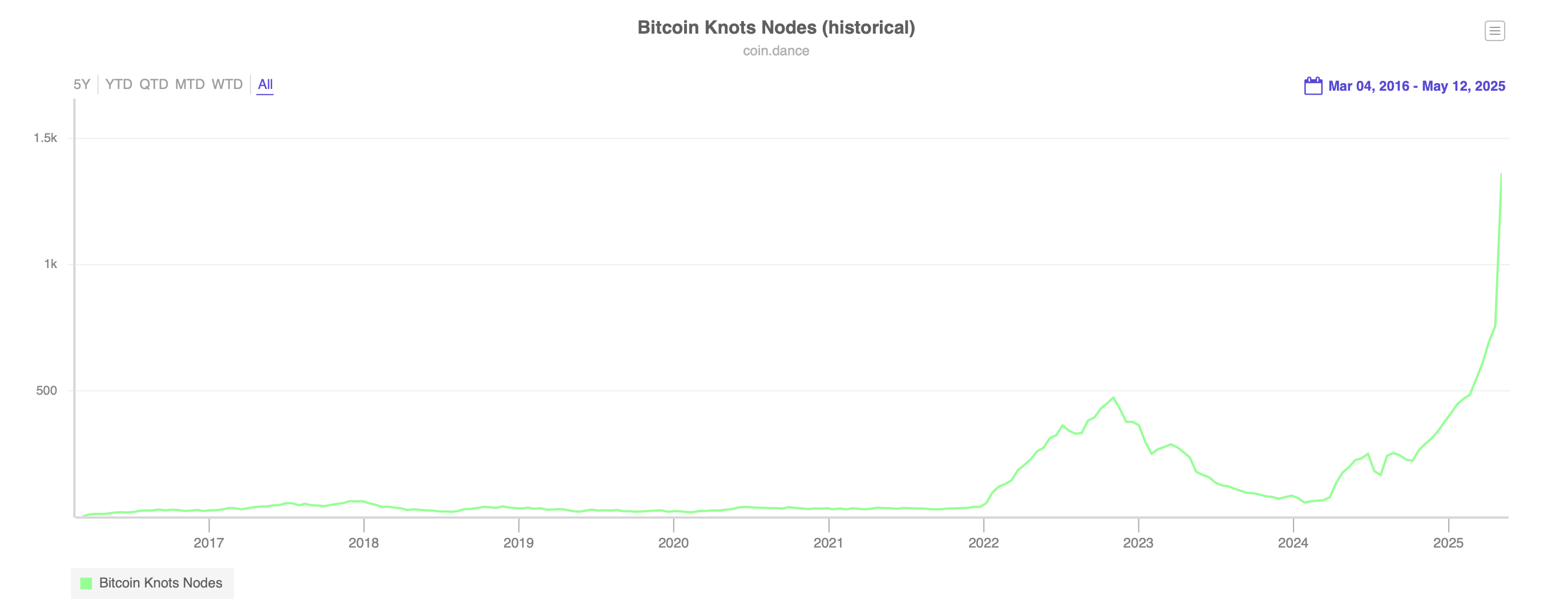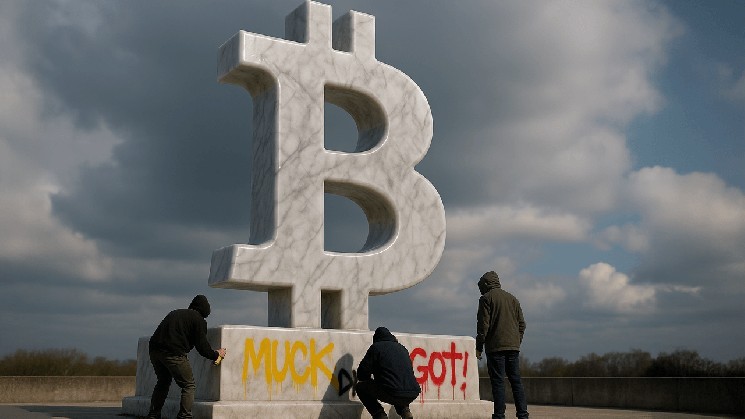OP_RETURN is a Bitcoin script opcode enabling users to embed small, unspendable data within transactions, striking a balance between functionality and network efficiency. A recent proposal to lift its 80-byte cap has ignited discussion over Bitcoin’s role as a data carrier versus a streamlined payment system.
Understanding OP_RETURN: Bitcoin’s Data Carving Tool
OP_RETURN, added in Bitcoin Core 0.9.0, is a script opcode that permits users to append up to 80 bytes of arbitrary information—such as text, hashes, or protocol indicators—to transactions. Rather than storing data in spendable outputs that linger in the unspent transaction output (UTXO) set, OP_RETURN outputs are provably unspendable, allowing nodes to prune them and ease storage demands.
This capability supports nonpayment applications, including timestamping ownership proofs, embedding metadata for layer-two (L2) protocols or intentionally burning coins in targeted use cases. Counterparty was one of the first projects to utilize Bitcoin’s OP_RETURN opcode to embed arbitrary data directly into BTC transactions, enabling the creation and management of digital assets and decentralized exchange functionality on top of the Bitcoin blockchain. New projects such as Citrea employ OP_RETURN to record zero-knowledge proofs, while others use it to encode simple contractual terms.

The 80-byte restriction, established in 2014, was intended to discourage heavy data storage while serving essential functions. By capping entries at roughly the size of two bitcoin addresses, it signaled that blocks should prioritize financial transactions. Yet OP_RETURN endures as a standardized, relayable transaction type, ensuring nodes propagate these data attachments efficiently.
Still, Bitcoin’s community has long debated OP_RETURN’s purpose. Some critics contend that even modest data embedding detracts from Bitcoin’s fundamental role as a monetary ledger, while others regard it as a practical avenue for innovation within clear limits. Proponents argue it offers a controlled mechanism for diverse functions without overburdening the network.
Also Read: OP_RETURN Conflict: Ocean Mining Accuses Core Developers of Colluding to Fill Bitcoin With ‘Spam’
The Debate Over Retiring the 80-Byte Limit
In Bitcoin Core’s upcoming release, developers will be removing the default 80-byte OP_RETURN ceiling, enabling larger data inserts and multiple OP_RETURN entries per transaction. The change follows a prolonged disagreement over whether the existing cap still fulfills its intent. As of May 12, 2025, Bitcoin Core has not merged any pull requests related to changing OP_RETURN limits and proposals remain open for review
Why Remove the Cap?
Advocates argue the limit has outlived its usefulness, noting that centralized mining pools and services already accept nonstandard,>taproot-based inscriptions—inflate the UTXO set, precisely what OP_RETURN was designed to prevent.
Lifting the restriction, they say, will simplify transaction construction, improve fee estimation, and align relay policies with miner practices. As one Bitcoin Core developer detailed, any operation achievable with OP_RETURN can be replicated through fake addresses at a higher cost to the network.

Critics’ Concerns
Opponents, among them certain node operators and developers, caution that permitting larger data embeds could normalize bulk storage of nonpayment data and clog blocks. One participant in the discussion warned it may elevate costs for users and concentrate power among mining pools that prioritize>
Others question the practical uptake, noting few projects would switch to OP_RETURN even without the cap. The debate also raises governance concerns, with some critics suggesting the proposal was rushed and risks eroding community trust.

Bitcoin Knots nodes have seen a massive increase since this debate started. A node runner might choose Bitcoin Knots over Bitcoin Core during the OP_RETURN debate because Knots allows users to enforce stricter anti-spam policies, such as continuing to reject or limit non-payment transactions like OP_RETURN inscriptions, which many see as unnecessary blockchain bloat. Source: Coin Dance.
A Policy, Not a Consensus Change
Importantly, this adjustment affects only Bitcoin Core’s default relay rules and does not alter consensus verification. Nodes, like Bitcoin Knots, remain free to enforce stricter OP_RETURN limits, and blocks exceeding the former policy will still be valid. Developers emphasize that the goal is to reduce harmful workarounds, not to promote unrestricted data storage. How this will pan out going forward, however, is anyone’s guess.
Navigating Bitcoin’s Future
The OP_RETURN discussion highlights broader tensions in Bitcoin’s evolution: fostering innovation while trying to preserve core principles and balance individual choice with network efficiency. It is believed that removing the cap could reduce UTXO pollution and align node-miner incentives, yet it tests the community’s appetite for onchain experimentation.
Others say, ultimately, Bitcoin’s fee market will arbitrate resource allocation, as users bid for block space—If excessive data floods the network, higher fees should naturally discourage misuse. Whatever the case, bitcoiners find themselves divided over the issue—offering the public an opportunity to benefit from greater clarity on the matter.














Leave a Reply